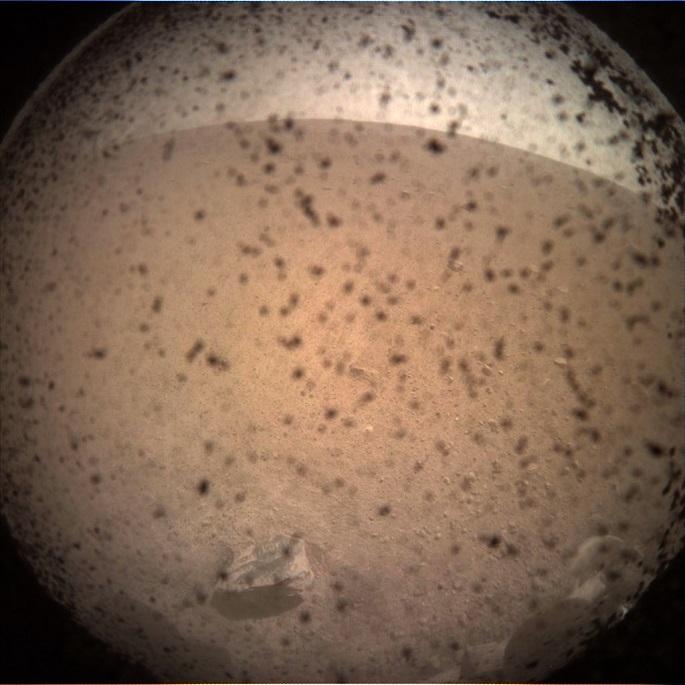Scientists propose to make Mars habitable with a layer of aerogel
Published : 15 Jul 2019, 23:28
The U.S. and British scientists have proposed an idea to make the Martian climate livable for humans, using a material that mimics Earth's atmospheric greenhouse effect.
The study published on Monday in the journal Nature Astronomy showed that a two to three-centimeter-thick shield of silica aerogel could raise the Martian temperatures underneath permanently above the water's melting point while blocking hazardous ultraviolet radiation.
American scientists and science fiction writer Carl Sagan suggested in 1971 that vaporizing the northern polar ice caps would increase Martian temperatures, but NASA researchers found in 2018 that the greenhouse gases and water it may produce would only increase the Martian atmospheric pressure to about 7 percent that of Earth, far from enough to make the chilly planet habitable.
In the new study, researchers from the Harvard University, NASA's Jet Propulsion Lab, and the University of Edinburgh took a more regional approach.
"A system for creating small islands of habitability would allow us to transform Mars in a controlled and scalable way," said Laura Kerber with NASA's Jet Propulsion Laboratory.
The heat-insulating material silica aerogel is 97 percent porous, which can greatly slow the conduction of heat. It wouldn't require large amounts of energy to keep an area warm over long periods of time, according to Kerber.
The researchers demonstrated that a thin layer of this material could increase average temperatures of mid-latitudes on Mars to Earth-like temperatures.
It could be used to build habitation domes or even self-contained biospheres on Mars, maintaining permanent liquid water underneath, according to the study.
The researchers are going to test the material in Mars-like climates on Earth, such as the dry valleys of Antarctica or Chile.


